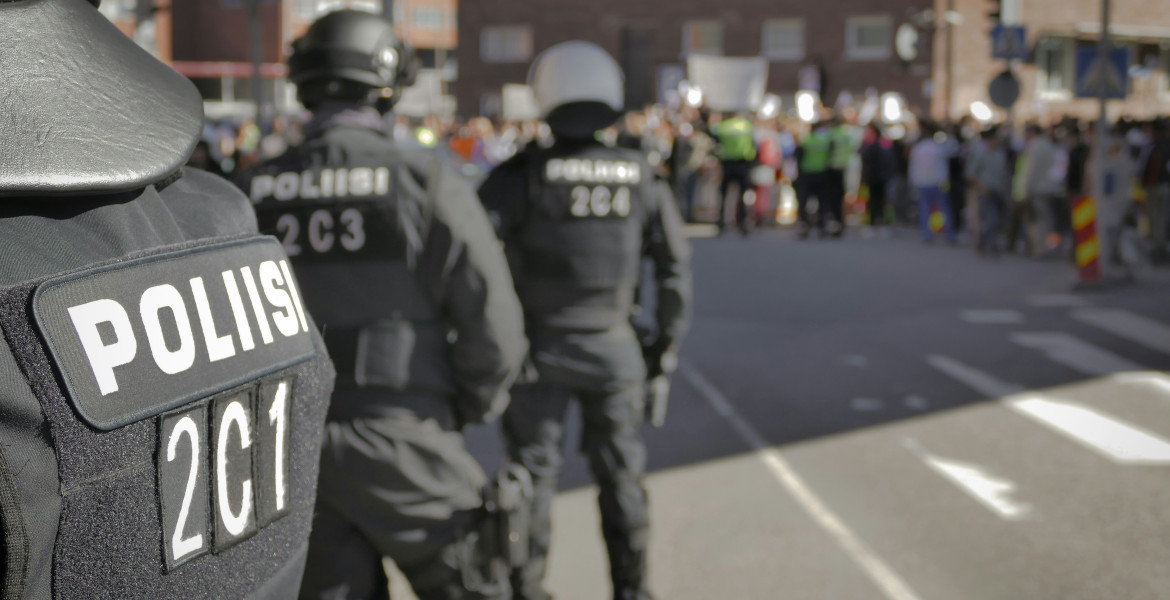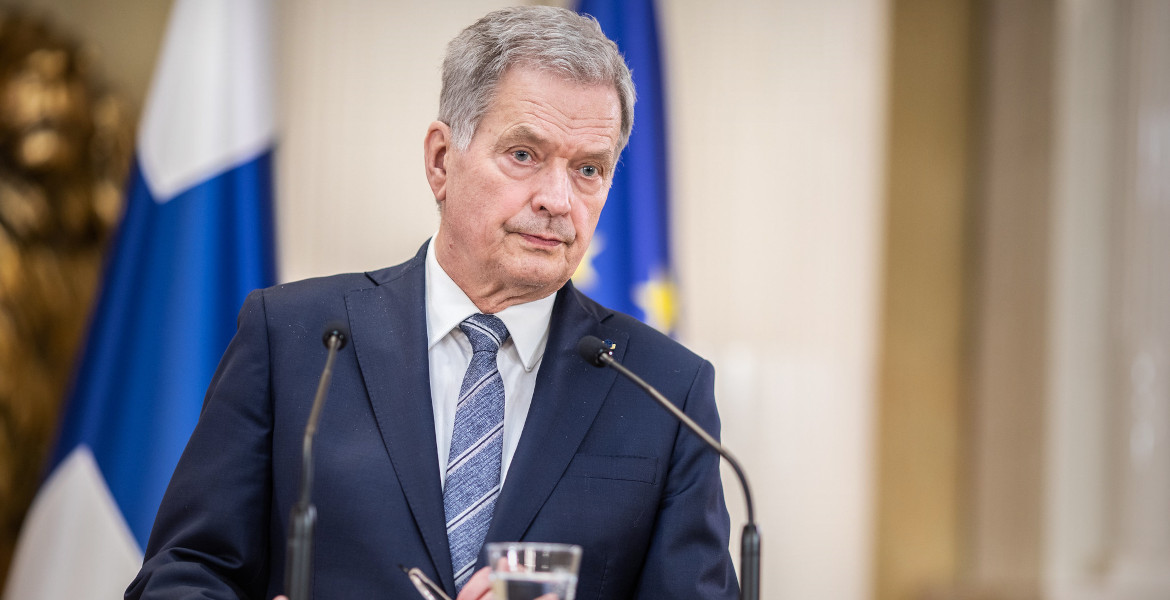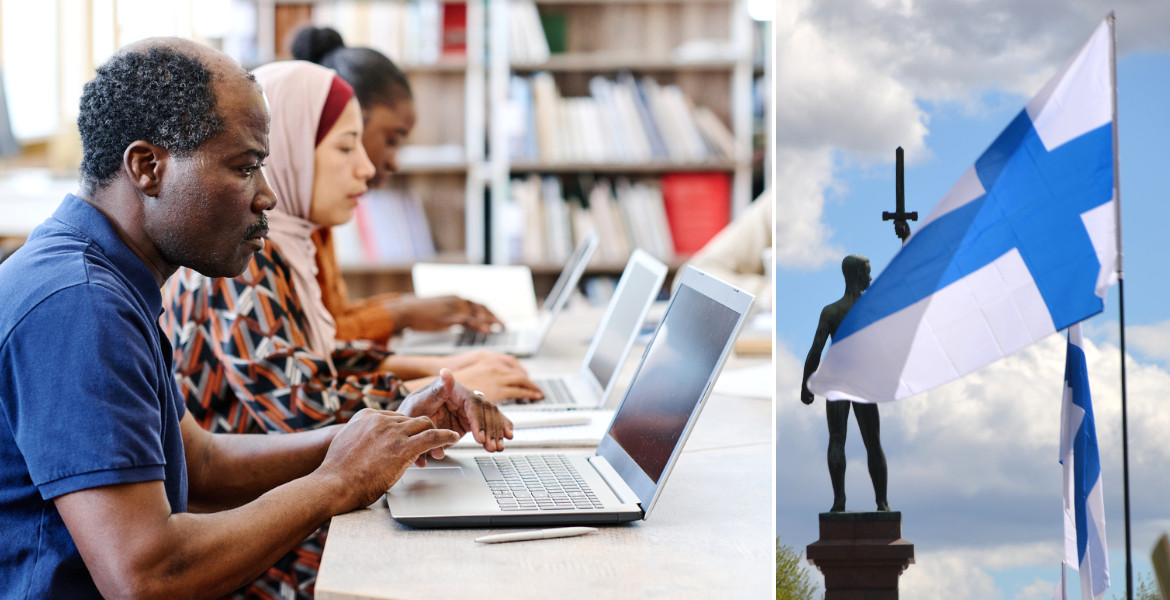Significantly more 15-year-olds in Finland say they have a personal belief in God than before. In just five years, the proportion of young people who believe has increased significantly – and the desire to belong to the church has also strengthened, according to a new comprehensive study involving over 100,000 participants.
The study, which was published in the Finnish journal Uskonto, katsomus ja kasvatus, analyzed changes in young people's religious beliefs over time, with a particular focus on gender differences. The study was conducted by researchers at Diakonia University of Applied Sciences and the University of Eastern Finland. It is based on survey data collected from over 100,000 young people who participated in confirmation classes between 2019 and 2024. In Finland, young people usually attend confirmation classes in the year they turn 15, and according to the study, nearly three-quarters of all 15-year-olds participate in the classes. Among those belonging to the Evangelical Lutheran Church, participation is over 90 percent.
The surveys included questions about young people's religious beliefs – such as belief in God, the resurrection of Jesus, prayer habits, and willingness to belong to the church – as well as how they themselves felt that their faith and relationship with the church had been affected by the instruction.
Belief in God is increasing
The results show that girls' belief in God remained stable at around 35 to 37 percent between 2019 and 2023, but increased to as much as 50 percent in 2024, an increase of 13 percentage points in one year. At the same time, belief in the resurrection of Jesus increased from around 34 percent to 45 percent during the same period.
For boys, belief in God increased from 36 percent in 2019 to 62 percent in 2024. A similar increase was seen in boys' belief in the resurrection of Jesus, which rose from 39 percent in 2019 to 60 percent in 2024.
– Existential questions were relevant in 325 and still are in 2025, said Juha Pihkala, bishop emeritus of the Diocese of Tampere, commenting on the study to Finnish state broadcaster Yle.
Other surveys have also shown that more young Finnish adults are turning to the church.
More people want to belong to the church
The proportion of young people who want to belong to the church has also increased. Among boys, the figure rose from 52 percent in 2019 to 66 percent in 2024. For girls, the corresponding figure rose from 63 to 67 percent.
At the same time, the proportion of boys who said they were encouraged to pray during lessons rose from 43 to 59 percent. Among girls, the corresponding figure rose from 43 to 53 percent. The proportion of boys who felt that their faith had been strengthened through confirmation classes increased from 42 to 65 percent, while the proportion of girls rose from 42 to 55 percent.




